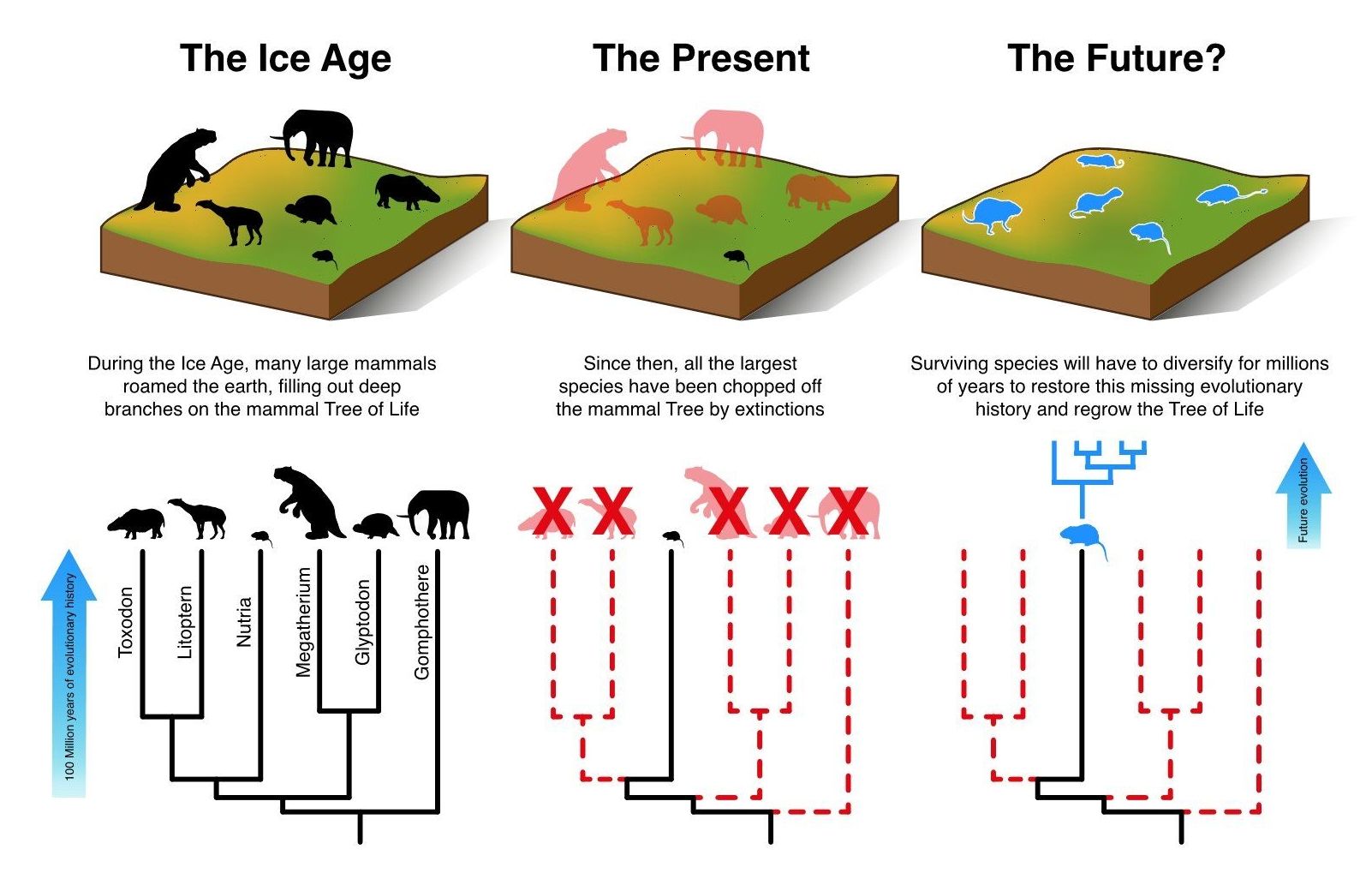Whether they’ll ever be able to unearth it from a vast complex of at least seven dome-shaped burial mounds remains to be seen.


This is an issue that we cannot simply stand back and do nothing. This Social Media Purge is beneath Western Civilization and we have the power to stop it.
The WaPo hit piece in question: https://www.youtube.com/redirect?q=https%3A%2F%2Fwww.washing…escription
Note: I’m now unable to find the list Prop or Not compiled, but suffice to say Anti-Media was on it, and so were multiple others purged today. To be safe, I’ll modify my statement in video from “a lot of the outlets” to “at least some.”


Should there be any ethical or legal boundaries to technologies that enhance humans? I pondered this last week as I read an online article about the recent trials of upper-body “exoskeletons” by production line staff at Volkswagen and at Chrysler-Fiat. These lightweight wearable frames greatly reduce the physical strain of repetitive overhead assembly work, and will be an important industrial enhancement as workforces age.
We tend to think of medical advancement in terms of better cures for diseases and recovery from injury. Enhancement however goes beyond therapy, and extends us in ways that some may argue are unnatural. Some human enhancements are of course also pre-emptive therapeutic interventions. Vaccination is both an enhancement of our immune system, and a therapeutic intervention. However, in cases where there is little preventative justification, what degree of enhancement is acceptable?
We drink coffee expecting our work performance to improve. We accept non-elective operations, breast implants, orthodontic improvements and other interventions which improve our perception of ourselves. We generally accept such enhancements with little question. However devices and drugs that improve athletic performance can lead us to question their legitimacy.
Researchers have revealed a radical new use of AI — to predict earthquakes.
A team from Tokyo Metropolitan University have used machine-learning techniques to analyze tiny changes in geomagnetic fields.
These allow the system, to predict natural disaster far earlier than current methods.

Humans are exterminating animal and plant species so quickly that nature’s built-in defence mechanism, evolution, cannot keep up. An Aarhus-led research team calculated that if current conservation efforts are not improved, so many mammal species will become extinct during the next five decades that nature will need 3 to 5 million years to recover.
There have been five upheavals over the past 450 million years when the environment has changed so dramatically that the majority of Earth’s plant and animal species became extinct. After each mass extinction, evolution has slowly filled in the gaps with new species.
The sixth mass extinction is happening now, but this time, the extinctions are not being caused by natural disasters; they are the work of humans. A team of researchers from Aarhus University and the University of Gothenburg has calculated that the extinctions are moving too rapidly for evolution to keep up.


The initiation of geoengineering will not involve a global public debate or vote.
Do not bother having debates about if or will we use geoengineering. The best thing is to work out the best combination of approaches to make it work the best way possible and minimize side effects. We will probably end up learning a fair bit after we start implementing.
China controls weather and will not blink before starting geoengineering when they think it is needed.

Intervene Immune is a company focused on the age-related decline of the immune system, which is known as immunosenescence. Here, Bobby Brooke, CEO of Intervene Immune, discusses the clinical potential of regenerating the thymus as a means of reversing age-related immune system decline.
Earlier this year, we hosted the Ending Age-Related Diseases 2018 conference at the Cooper Union, New York City. This was a conference designed to bring together the best in the aging research and biotech investment worlds and saw a range of industry experts sharing their insights.
As the human body ages, the thymus begins to shrink, and fewer numbers of T cells are created and trained to fight. The thymus tissue also turns to fat rather than healthy immune cell-producing thymic tissue. Eventually, the thymus wastes away, becoming a useless fatty organ that no longer produces immune cells.
This structural decay of the thymus and the failure of the immune system when we are old opens us up to multiple age-related diseases, particularly cancer, along with infectious diseases, such as pneumonia and flu.